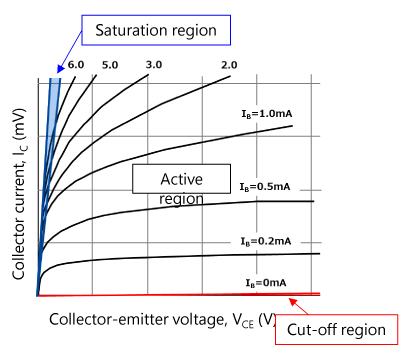- 型号 & 关键词搜索
- 交叉搜索
- 参数搜索
- 库存查询与购买
This webpage doesn't work with Internet Explorer. Please use the latest version of Google Chrome, Microsoft Edge, Mozilla Firefox or Safari.
请输入3个以上字符 Search for multiple part numbers fromhere.
The information presented in this cross reference is based on TOSHIBA's selection criteria and should be treated as a suggestion only. Please carefully review the latest versions of all relevant information on the TOSHIBA products, including without limitation data sheets and validate all operating parameters of the TOSHIBA products to ensure that the suggested TOSHIBA products are truly compatible with your design and application.Please note that this cross reference is based on TOSHIBA's estimate of compatibility with other manufacturers' products, based on other manufacturers' published data, at the time the data was collected.TOSHIBA is not responsible for any incorrect or incomplete information. Information is subject to change at any time without notice.
请输入3个以上字符
什么是双极晶体管?
双极晶体管是一种由pn结组成的晶体管,亦称为双极结型晶体管(BJT)。场效应晶体管为单极器件,而取名双极晶体管的原因是其工作涉及两种电荷载流子——空穴和电子。
由于双极晶体管是首个被发明的晶体管,因此简单地说“晶体管”时,有时是指双极晶体管。
根据结的类型,双极晶体管分为两类,即npn型和pnp型。双极晶体管的结构看起来是对称的。(例如,npn晶体管,基极p区两侧的集电极和发射极为n区,看起来是一样。)然而,集电极和发射极区域中的掺杂浓度完全不同。因此,如果发射极和集电极端子弄反了,双极晶体管的直流电流增益(hFE)会大幅降低,从而无法按预期工作。
当双极晶体管处于放大区时,集电极电流大致为hFE乘以基极电流。因此,可使用放大区来配置放大器电路。
相反,对于饱和区与截止区,可将双极晶体管作为开关,因为饱和区中发射极与集电极之间的电阻很小,截止区中的电流也很小。


相关信息,详见e-learning第3章“晶体管”。
关于双极晶体管的操作,详见常见问题(FAQ)页面“npn晶体管和pnp晶体管的工作原理?”

